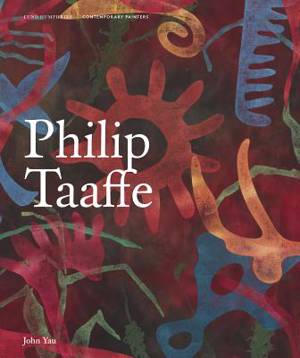
- Afhalen na 1 uur in een winkel met voorraad
- Gratis thuislevering in België vanaf € 30
- Ruim aanbod met 7 miljoen producten
- Afhalen na 1 uur in een winkel met voorraad
- Gratis thuislevering in België vanaf € 30
- Ruim aanbod met 7 miljoen producten
Omschrijving
This book presents a comprehensive view of the work of American painter Philip Taaffe (b.1955), who has expanded the parameters of painting through his use of silkscreen, linocuts, collage, stencils, gouache, chine-collé, marbling, acrylic, enamel, watercolour and gold leaf. Possessing many technical skills, Taaffe has moved decisively between unique pictorial inventions and appropriations, as well as overlaying divergent modes of representation, through cultural patterns found in ornament, and biomorphic abstraction.
John Yau's insightful text is the first to look at every part of Taaffe's artistic development, from the works he made at Cooper Union while a student of Hans Haacke, to the present. It pays special attention to Taaffe's acquisition of different techniques, as well as investigating his various sources of inspiration, which include the work of experimental filmmakers Stan Brakhage, Bruce Conner and Harry Smith, the Natural History illustrations of Ernst Haeckel, and the ancient art of paper marbling.
Specificaties
Betrokkenen
- Auteur(s):
- Uitgeverij:
Inhoud
- Aantal bladzijden:
- 144
- Taal:
- Engels
- Reeks:
Eigenschappen
- Productcode (EAN):
- 9781848222632
- Verschijningsdatum:
- 1/04/2018
- Uitvoering:
- Hardcover
- Formaat:
- Genaaid
- Afmetingen:
- 246 mm x 284 mm
- Gewicht:
- 1088 g

Alleen bij Standaard Boekhandel
Beoordelingen
We publiceren alleen reviews die voldoen aan de voorwaarden voor reviews. Bekijk onze voorwaarden voor reviews.








